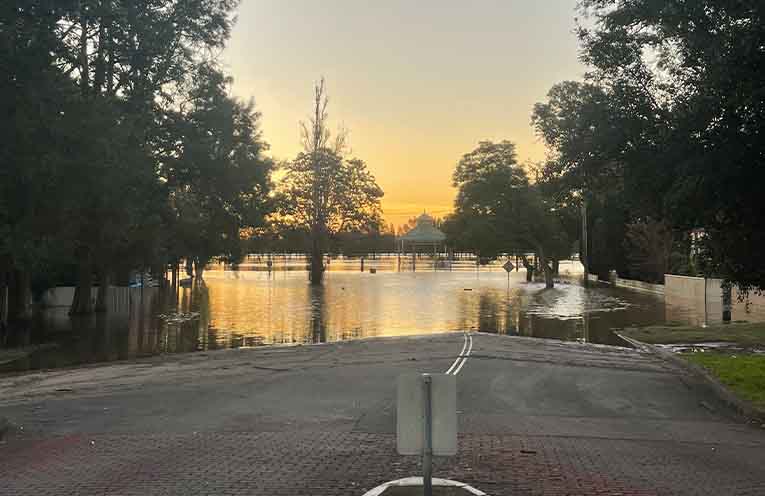RAYMOND Terrace has been listed as NSW’s fourth worst severe weather hotspot over the past three years, after analysis of data by insurance company AAMI.
Analysis of thousands of natural disaster claims from July 2022 to June 2025 revealed a variety of severe weather events had affected areas all over the state, with widespread damage caused to homes and businesses in addition to the social and economic impacts.
Banora Point topped the list of worst affected areas in terms of claims lodged, followed by Dubbo, Merewether, Raymond Terrace, Orange, Armidale, Tweed Heads, Rutherford, Broken Hill and Tweed Heads West.
Of the thousands of claims lodged by New South Welshman, the top causes of damage were due to hail, cyclone, rain and flood, and food spoilage, which was notably high in Raymond Terrace.
The findings come as Suncorp’s Severe Weather Meteorologist, Andrew Bufalino, forecast a wetter than usual season for parts of the East Coast.
Mr Bufalino acknowledged a mix of conditions at play across the country, which Australians needed to prepare for.
“A likely shift toward La Niña conditions means Australians can expect above-average rainfall and coupled with the wetter Winter we’ve had, increases the likelihood of flash and riverine flooding along the eastern seaboard,” Mr Bufalino said.
“These conditions mean thunderstorm and hail risks are elevated from southern inland Queensland, through South Australia and western Victoria, while activity should remain subdued along the east coast, including Brisbane and Sydney.
“Interestingly, previous years with similar conditions – 2016, 2021 and 2022 – saw significant impacts from floods, hail, wind, and thunderstorms.
“In these years, floods caused the highest costs, but hail and wind were major loss drivers from an insurance perspective.”
NSW SES Commissioner Mike Wassing said preparation is key to reducing the impact of storms on families and communities.
“Storms can develop rapidly and cause widespread damage,” Commissioner Wassing said.
“Simple actions like cleaning gutters, securing outdoor items and having a home emergency plan can significantly reduce the impact on your family and property.
“The NSW SES is committed to improving how we communicate with the public.
“The Hazards Near Me app, Hazard Watch, and the NSW SES website are essential tools for staying informed and safe.”



